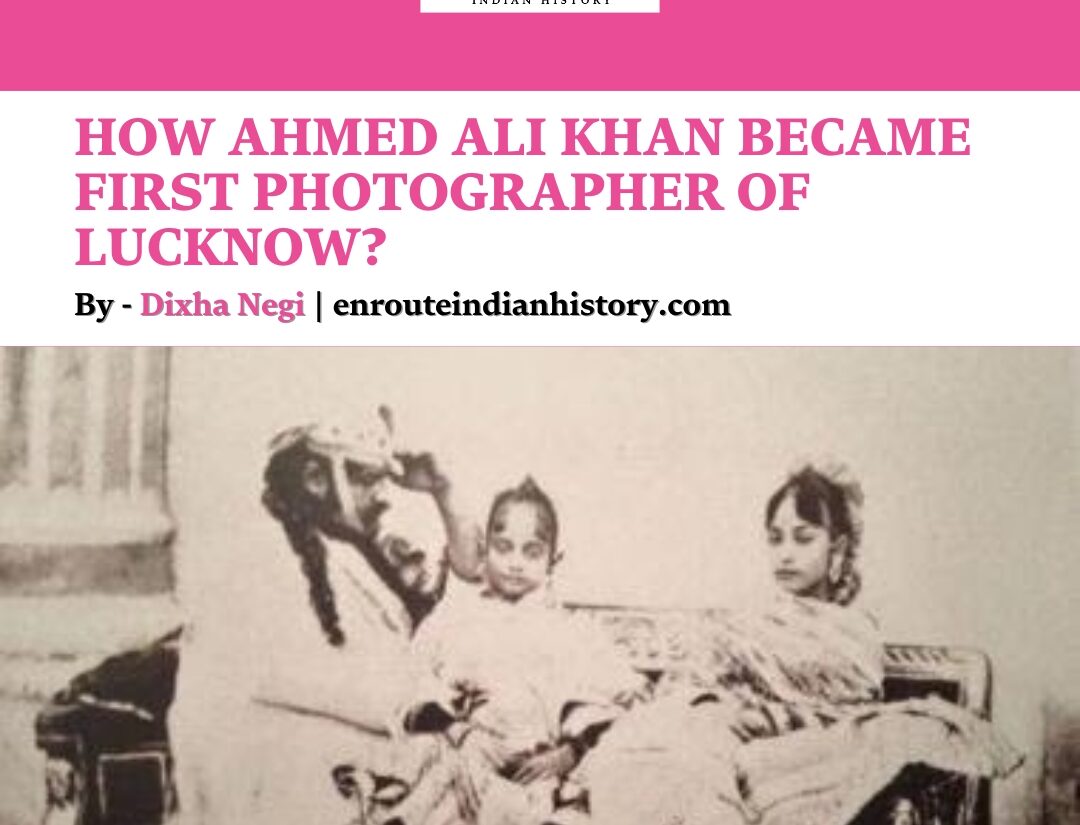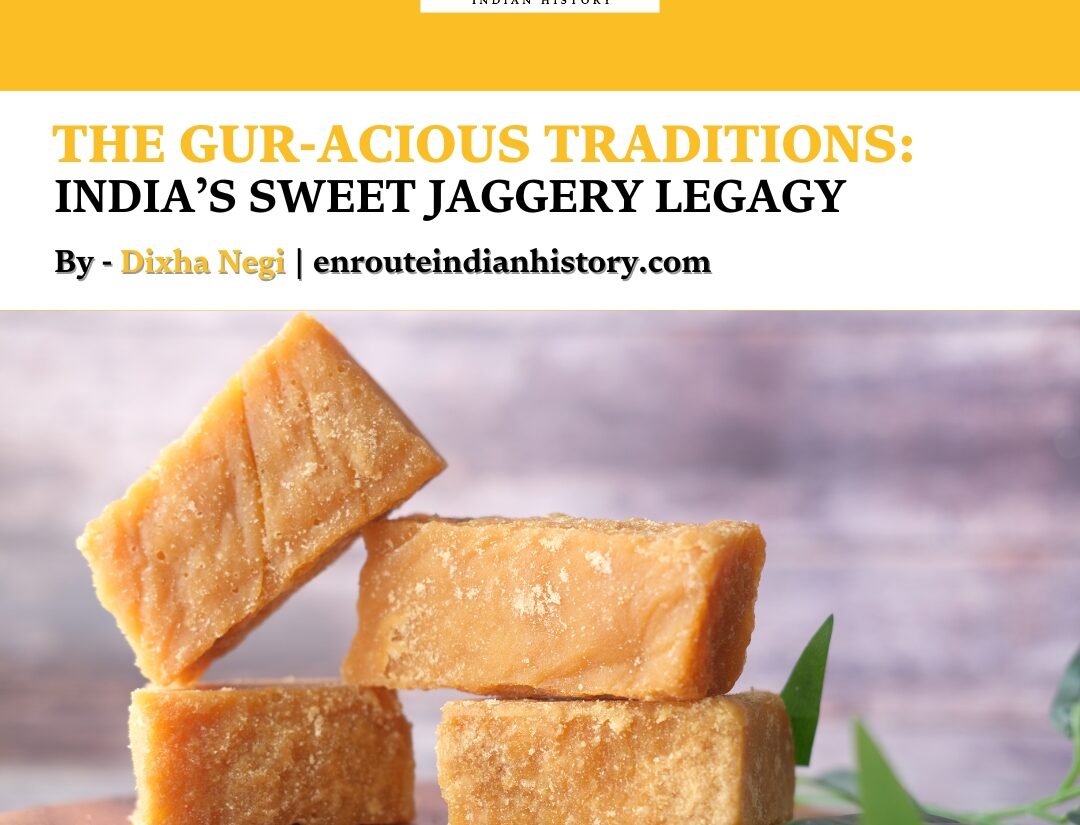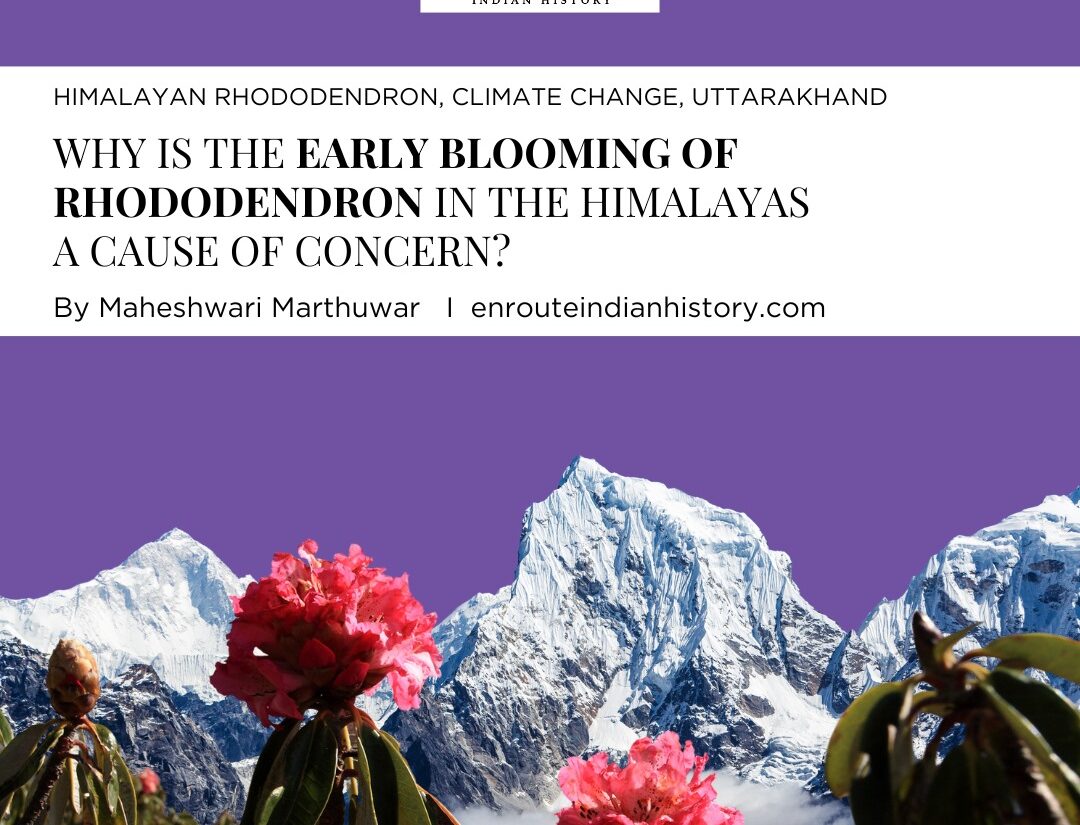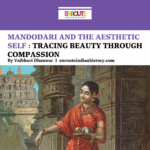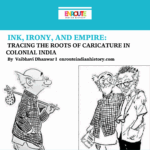The Nizams of Hyderabad were monarchs who ruled over the princely state of Hyderabad, which was one of the largest and most prosperous princely states in India during the British colonial period. The dynasty was founded by Nizam-ul-Mulk, who was appointed as the Subedar (governor) of the Deccan region by the Mughal emperor in the early 18th century. This marked the beginning of the Asaf Jahi dynasty, named after his title “Asaf Jah,” which he received from the Mughal Emperor.
Over time, the Nizams asserted their sovereignty, becoming de facto rulers of a largely autonomous princely state. The Nizams’ rule was marked by remarkable cultural patronage, economic prosperity, and distinctive administrative policies. The Nizams enjoyed a considerable degree of autonomy even when they were nominally subordinate to the British Crown. They played a significant role in shaping the history and culture of the region.

(Coat of Arms of Hyderabad State, Nizam of Hyderabad, India)
Throughout numerous centuries, Ittars held significance within specific communities, primarily in Islamic cultural contexts, due to their non-alcoholic nature. They were believed to possess the ability to draw the presence of angels while repelling malevolent entities. Sufi saints and those on spiritual quests would anoint themselves with these fragrances, utilizing their aromas to aid their pursuit of enlightenment.
Ittar or fragrance has been known in Indian history for thousands of years and finds its roots deeply embedded in antiquity. The origins of perfumery in India trace back to the ‘Brihat Samhita,’ a comprehensive compilation attributed to Varahamihira, a 6th-century polymath from Ujjain. Mentions of fragrances and perfumes grace the pages of ancient Indian epics and Granths. The ‘Agni Purana’ reveals that monarchs would indulge in baths infused with a plethora of more than 150 fragrant variations. The extravagant use of scents extended to the royal harems, where an abundant array of men and women, particularly known as Gandhkarikas or Gandhhadikas, were engrossed in the craft of fragrance-making, with women notably leading the ranks.

(Ittar Shops in Old City by Minhaj Adnan, 2013 via https://www.siasat.com/attar-
The term ‘Attar’ or ‘Ittar’ finds its linguistic origins in the ancient Persian ‘Attar,’ ‘Otto,’ or ‘Ottar,’ signifying fragrance or scent. The extraction of aroma from flowers, herbs, and botanical sources characterizes the art of crafting Ittar fragrance oils. The usage of the term ‘Ittar’ in India is commonplace. The fascination of Mughal emperors and empresses, particularly Emperor Akbar, fueled the refinement of Ittar. Historical accounts, such as the ‘Ain-e-Akbari,’ detail Akbar’s affinity for Ittar and incense.
The lore of Ittar’s genesis abounds, including the narrative of Mughal Emperor Jahangir and his wife Noor Jahan, who emerged as the industry’s earliest patrons. Noor Jahan’s preference for itra-infused baths spurred experimentation with natural scents, fostering a culture of Ittar-making that endures. While some credit the discovery of rose-derived Ittar to Mughal Queen Noor Jahan, historical research attributes it to her Persian mother, Asmat Begum.
Ittars are made from natural ingredients such as flowers, herbs, spices, and other aromatic substances. They have a long history and are known for their rich and lasting scents. In the context of Hyderabad, ittars were often associated with the Nizams’ courts, where they were used as a symbol of luxury and refinement. The Nizams of the Hyderabad state held a predilection for Jasmine Ittar, a fragrant emblem of their heritage Palace historian Prabhakar Mahindrakar, the in-house historian of Falaknuma Palace, Hyderabad, describes the queen’s room featured a bath with a shower stall made of pipes that released steam scented with perfume and a top dedicated solely to ittars. Even today, the guests at the Taj Falaknuma Palace are welcomed with Ittar and Gajara (flower garland for hair).
The Nizams and their courtiers were known for their appreciation of fine fragrances, and ittars were an important part of their grooming and cultural practices. These perfumes were used not only for personal use but also as gifts and tributes to demonstrate respect and honor. The visitors to the court were welcomed with the spraying of fragrant ittar. The tradition of using ittars continues to be a part of the cultural heritage of Hyderabad and many other regions in India.
In contrast to Western perfumes, ittars rely on an oil base – the Nizams exclusively embraced sandalwood oil, while contemporary alternatives are more prevalent – and premium fragrances are immediately wearable after distillation. Perfumers also concoct mukhallat blends, melding scents with a touch of street theater. Drops of ittar are meticulously added to an exquisitely adorned mixing vessel to craft the aroma, accompanied by a flourish of showmanship, culminating in a personalized wearable fragrance.
Edward Balfour, a Scottish physician stationed in India in the 1800s, documented an array of 10 distinct Ittars exhibited during the 1854 Hyderabad Exhibition during the reign of Nizam Afzal-ud-Daula (Asaf Jah V), in his comprehensive work, the Cyclopaedia of India and of Eastern and Southern Asia. Balfour notably described rose Ittar as an “exquisite scent,” it’s worth so high that it’s a rarity, scarcely employed even by the most affluent individuals.
In the historic quarters of the city, few traditional perfumeries endure, crafting their products through time-honored methods, these shops are directly or indirectly intertwined with the history of Nizams.
Umda Bazar, situated just south of the Musi River coursing through Hyderabad, is fundamentally a residential locale, forming part of the renowned Old City. It abounds in time-honored establishments that have catered to generations, retailing pearls and fragrant ittar.
The finest ittars can be found in the Perfume market, in close proximity to the renowned Charminar. For enthusiasts of perfumery, this destination is a must-visit. The market showcases an extensive assortment of fragrant Ittars and top-notch perfumes, spanning sandalwood, musk, jasmine, and rose scents. Additionally, a variety of high-end perfume sprays and essential oils from prestigious brands are available in this locale.
Constructed during the era of Mir Osman Ali Khan, the seventh Nizam, the market stands as a testament to the city’s historical legacy. For procuring freshly plucked flowers and ripe fruits, Mozamjahi Market in Hyderabad is your destination. The market offers a selection of Ittar shops dating back to the time of Nizams.
During the 19th century. Numerous ittar-wallahs from Gujarat established themselves in the bazaars encircling Charminar to cater to the royal household of Nizams, and the redolence of rose and jasmine lingers in the atmosphere to this day. A majority of the proprietors at the ittar shops had relocated from cities like Lucknow, Ahmedabad, and Kannauj to Hyderabad during the reign of the Nizams. This migration was prevalent during that era due to the peak of prosperity that the Hyderabad state was experiencing. Some notable ones include:
Purandas Ranchhoddas & Sons

(Purandas Ranchhoddas perfumes via https://pointlocals.com/map?p=17.363775693029652,78.4751506429521&z=14&idb=MzIzMjQ=&t=TG9jYXRpb24=&n=UHVyYW5kYXMgUmFuY2hob2RkYXMgUGVyZnVtZXJz&sv=UHVyYW5kYXMgUmFuY2hob2RkYXMgUGVyZnVtZXJz&o=ZGlzdGFuY2U=&c=SHlkZXJhYmFkLCBUZWxhbmdhbmE= )
The ancestors of the proprietors originated from Gujarat and relocated to Burhanpur, Madhya Pradesh in the 1800s. Subsequently, Purandas shifted to Hyderabad following the passing of his wife, a native of the city. Encountering resistance from his in-laws, he embarked on the business journey to prove his self-reliance and established his attar shop in 1896. Over time, Purandas achieved remarkable success, to the extent that he earned the distinction of being the official ittar supplier to the Nizams in 1920. The brand has since evolved into an iconic name within the ittar industry, maintaining its robust presence.
Nizam Attar
Located a short distance beyond Purandas Ranchoddas, another quaint and modest ittar establishment is now in its fifth generation of operation, established in 1840 CE by Ghulam Mohammad Ramzan who hailed from Kannauj (the hub of natural perfumes). He served Nizam Mahboob Ali Pasha (Asaf Jah VI), who was an Ittar connoisseur. He even concocted a special scent called “Nizam Durbar” made from 12 different flowers for the royals that could be worn in any season, this became the Nizam’s favorite.
Though the patronage of Ittars was stopped during Nizam Osman Ali Pasha (Asaf Jah VII), the public gradually became interested in the Ittars. These scents became a utility item rather than a luxury and these perfumeries in the old city continued.
In the realm of Hyderabad’s history, ittars stand as fragrant testaments to the refined tastes of the Nizams. These intricate scents, rich in tradition and cultural significance, were cherished by the royals for generations. As time flows on, the legacy of ittars and the Nizams’ opulent reign continues to linger, leaving an enduring aromatic mark on the city’s identity. The ittar shops, reminiscent of the past, and the tales of their patrons reflect a harmonious blend of artistry, heritage, and luxury that has transcended centuries, capturing the essence of a bygone era that still finds resonance in the present and leaving a mark on the history of Nizams as well as on Indian history overall.
REFERENCES:
- Kundalia,N.D. “The Lost Generation: Chronicling India’s Dying Professions” (2015). Pg.159-172. New Delhi: Penguin Random House India
- Nizamuddin Mahmud, ‘Itryā-i Nauras Shāhī, in Mutafarriqāt, MS no. 217, Oriental Manuscript Library, Hyderabad, fol. 1
- Lethbridge, Roper (1893). “Hyderabad”. The Golden Book of India. Aakar Books. p. 179. ISBN 9788187879541.
- Bahadur, Nawab Vikar-ul-Umra (1884). “Falaknuma palace”.
- https://en.gaonconnection.com/the-history-of-fragrance-how-attar-or-ittar-has-evolved-from-one-era-to-the-other/#:~:text=The%20ruler%20of%20Awadh%2C%20Ghazi,Nizams%20of%20the%20Hyderabad%20state.
- https://www.thenationalnews.com/world/asia/traditional-indian-perfumiers-scent-their-demise-1.360550
- https://www.lonelyplanet.com/articles/living-the-royal-life-in-hyderabad
- September 27, 2024
- 9 Min Read
- May 15, 2024
- 6 Min Read
